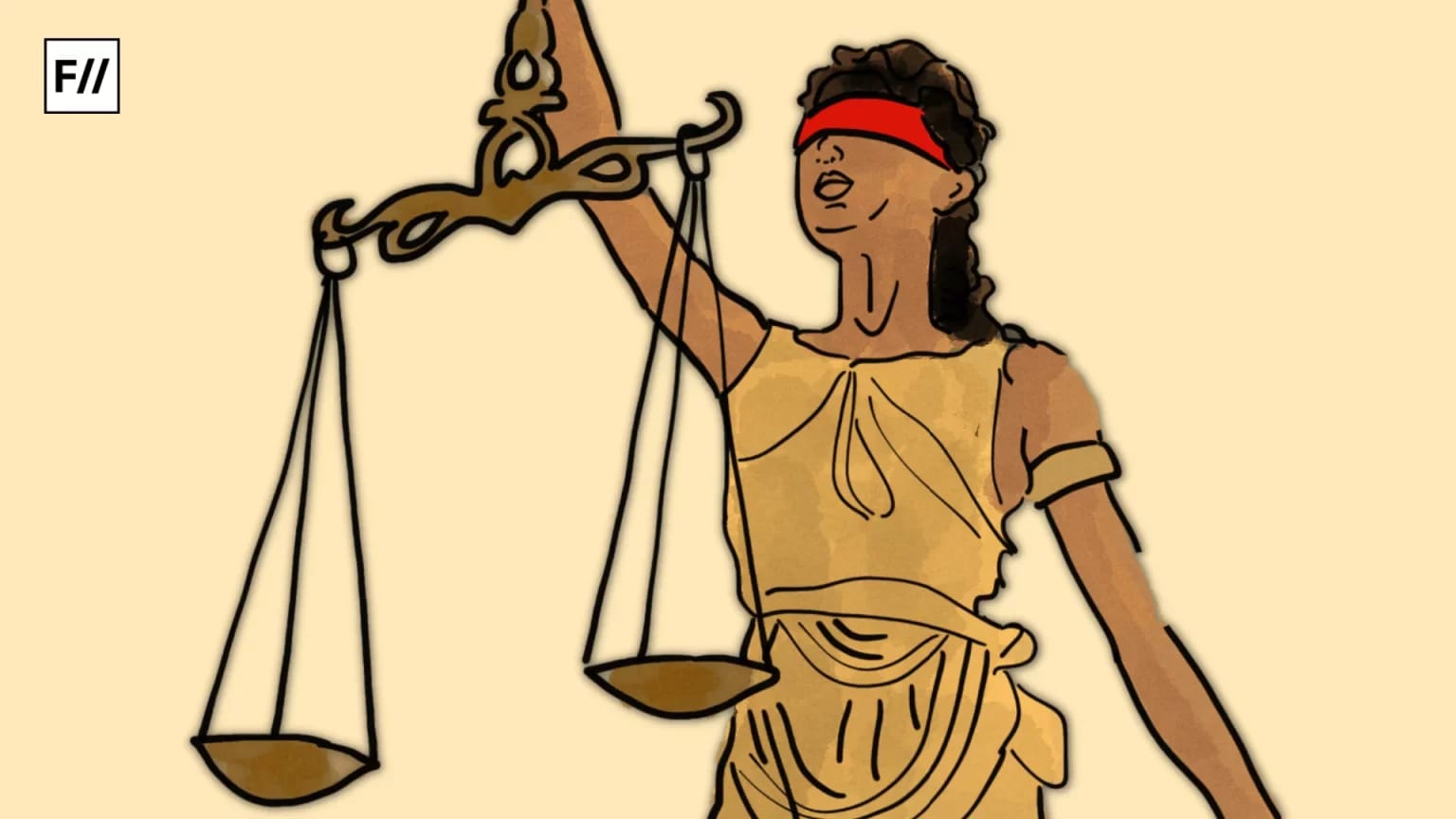Trigger Warning: Description of rape and sexual violence
It is a rare occurrence for the Supreme Court of India (SC) to cite a precedent as “bad” in law but what is even more uncommon is it being called an ‘institutional embarrassment‘.
Delivering the 30th Justice Sunanda Bhandare Memorial Lecture, Chief Justice Of India (CJI), BR Gavai referred to the infamous Tukaram and Another vs State of Maharashtra (1979) judgement as an institutional failure, regressive and deeply rooted in patriarchy. Though he ended on a positive note, hailing the reforms instituted by the judiciary after this judgment, recent cases of sexual harassment from the High Courts of Karnataka and Kerala raise the question: till when will the cycle of repentance and reform continue?
Ordeals of the Mathura rape case
Tukaram vs State of Maharashtra (1979), also known as the Mathura Rape Case, was a historical and highly controversial judgment of the SC delievered on September 15, 1979, by a bench of Justices AD Koshal, Jaswant Singh, PS Kailasam.
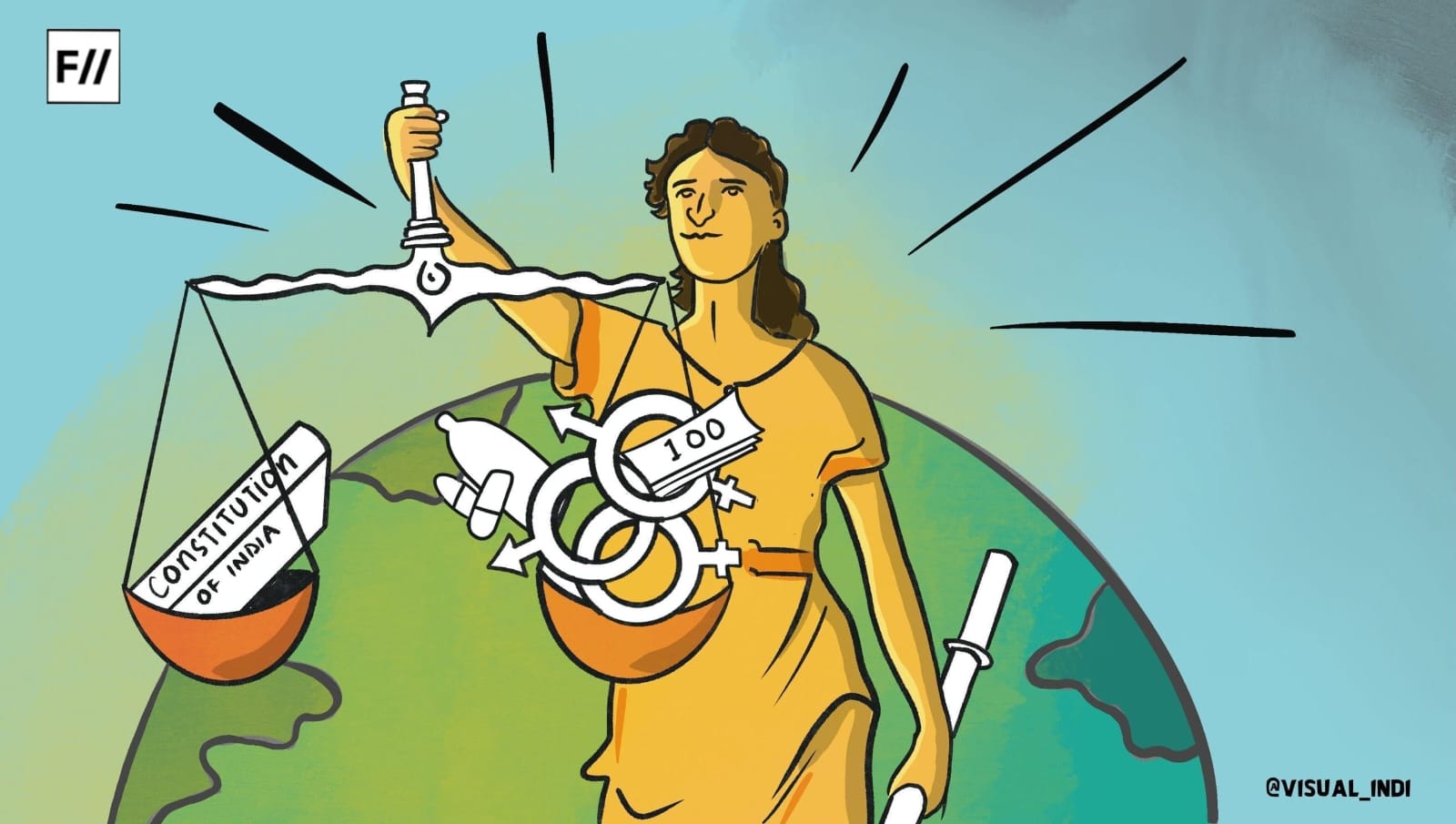
In this case, Mathura was a young girl aged 14-16 who lived with her brother Gama. As orphans, the siblings sustained themselves by working as labourers during which Mathura grew close to Ashok, cousin of Nushi, whose house they used to work in. Disapproving of this, Gama lodged a report in the local police station on March 26, 1979, alleging that Ashok, Nushi and her husband had kidnapped Mathura. They were summoned for recording of statements at 9 pm and left by 10:30 pm. The head constable Tukaram and another constable, Ganpat asked Mathura to remain in the police station. Thereafter, a chain of unfortunate encounters unfolded where Ganpat sexually assaulted Mathura while Tukaram abetted the violent act.
Justice Koshal described it in the judgment as, ‘He departed after satisfying his lust and then Tukaram….who was seated in the cot nearby, came to the place where Mathura…was and fondled her private parts. He also wanted to rape her but was unable to do so for the reason that he was in a highly intoxicated condition.’
While Mathura was held in the darkened police station, a crowd gathered and started looking for her. Tukaram announced that she had left but shortly after Mathura emerged and alleged of having been raped by Ganpat. The doctor was approached who advised Mathura to file a report. Head Constable Baburao was awakened by the protests and under pressure, a First Information Report (FIR) was filed.
The judge further expressed his fears of Mathura having tried to, ‘prove herself virtuous‘ before the crowd which included her partner.
The doctor thoroughly examined Mathura on March 27 and the report stated that she had no injuries and her hymen revealed old ruptures, revealing that she had had intercourses in the past. However, semen was detected on her clothes and it was Ganpat’s. On these grounds, the Sessions Court found this evidence insufficient and acquitted the accused. The judge further expressed his fears of Mathura having tried to, ‘prove herself virtuous‘ before the crowd which included her partner. He was also unsure of whether the semen was due to habitual nocturnal discharges and opened the possibility of Ganpat having had intercourse,’with persons other than Mathura‘.
This decision was overturned by the Nagpur Bench of the Bombay High Court and Tukaram was sentenced to a year of rigorous imprisonment and Ganpat for five years. The court took note of the men having been strangers to Mathura and she could not have resisted her assailants. It came to the conclusion that, ‘the policemen had taken advantage of the fact that Mathura was involved in a complaint filed by her brother, and she was alone in the dead hour of the night‘ in a police station.

The SC overturned this on the ground that first, evidence of any struggle or resistance by the survivor was not established because she did not have any visible injuries. The court saw this as ‘passive submission‘ to hold that the act was consensual and Justice Koshal called the alleged intercouse a ‘peaceful affair‘.
Second, Mathura’s submission of having shouted when her hand was caught by Ganpat was dismissed because she did not make an attempt to resist him when he caught her hand in the presence of Gama while leaving the police station.
‘Cries and alarms are, of course, a concoction on her part‘, read the judgment.
Third, citing Section 375 of the Indian Penal Code, 1860 (IPC), the court held that only the fear of death or hurt can vitiate consent for sexual intercourse and no finding reported this. Fourth, what Mathura said in her initial deposition about Tukaram was later attributed to Ganpat and circumstantial evidence lacked reasonable grounds of guilt.
This judgement triggered widespread outrage. Four professors of law, Upendra Baxi, Vasudha Dhagamwar, Raghunath Kelkar and Lotika Sarkar wrote an open letter to the then CJI, Yeshwant Vishnu Chandrachud dated September 16, 1979.
This judgement triggered widespread outrage. Four professors of law, Upendra Baxi, Vasudha Dhagamwar, Raghunath Kelkar and Lotika Sarkar wrote an open letter to the then CJI, Yeshwant Vishnu Chandrachud dated September 16, 1979. They appealed for a rehearing by a larger or even full bench given that, ‘nothing short of protection of human rights and constitutionalism is at stake‘.
The open letter raised two pertinent questions:
- Does the absence of shouts justify an easy inference of consensual intercourse in a police station?
- How could the fact of shouting within closed doors of a police station be established in such cases?
Incidentally, if the girl would have been dumb or gagged, how could either of these grounds be established?
A moment of institutional embarrassment
In his speech, CJI BR Gavai expressed how this verdict reflected a deeply regressive and patriarchal understanding of consent which denied the social context of power and vulnerability in which sexual violence occurs. ‘In my opinion, this remains one of the most troubling moments in India’s constitutional and judicial history‘, he added.
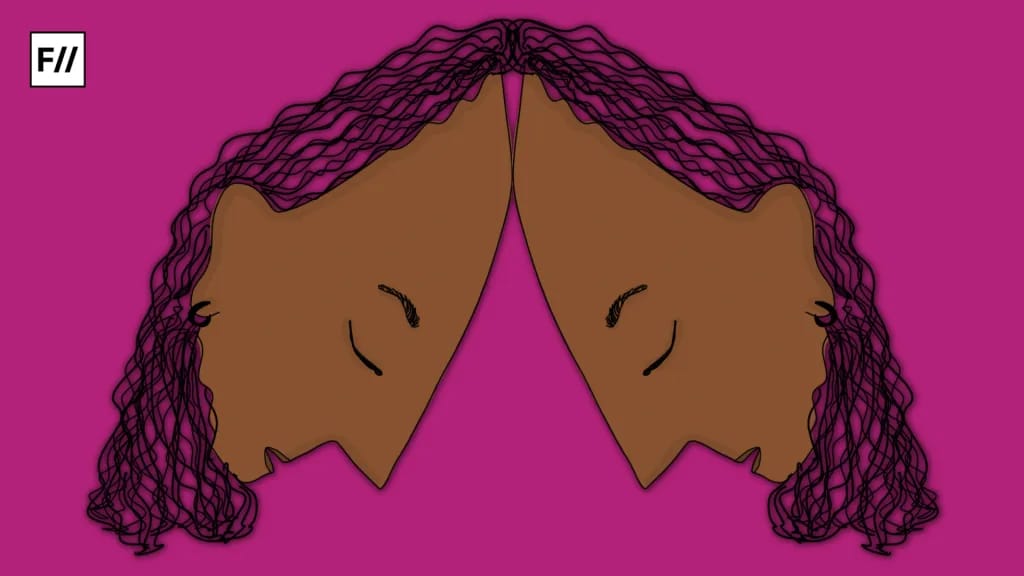
This case was mentioned in a latest episode of the podcast, South Central by The News Minute (TNM) while discussing two recent cases.
On October 27, the Kerala High Court quashed a sexual harassment case against writer-director Ranjith Balakrishnan which was filed by a Bengali woman actor. The release of the Hema Committee report last year triggered her to speak about the incident and she filed a police complaint in August, 2024 alleging Balakrishnan of sexually harassing her in 2009. But the petition was quashed as the maximum punishment for the alleged offences (Sections 368 and 509, IPC) was two years and,’as per Section 468 of the Criminal Procedure Code, the period of limitation was only three years from the date of commission of the offence‘.
Perplexed after reading the reasoning of this case, a third year law student said, ‘It is scandalous to assume that a woman was locked out of her rights because she was not on time‘. He added, ‘More so when the underlying (IPC 354) changed by making the offence of assaulting the woman by criminal force non bailable; The court applying an obsolete law stuck at the heart of law’s purpose‘.
Perplexed after reading the reasoning of this case, a third year law student said, ‘It is scandalous to assume that a woman was locked out of her rights because she was not on time‘.
Both him and the podcast hosts elaborated on how it is important to consider the scale of stigma an actress would face in her professional life if harassment is reported.
Similarly, the Karnataka High Court quashed a woman’s FIR which accused a man she met on a dating application, Bumble, of raping her. The 23-year old man matched with her and they had stayed in contact through social media before meeting in person in August, last year. She was picked up from her apartment and taken to an OYO hotel room where according to her statement, ‘He continued to engage in sexual intercourse, disregarding my express withdrawal of consent‘. She was dropped to her apartment early morning shortly after which she experienced worsening pain in her stomach.

The High court started the judgment by setting a context of the modern concept of digital intimacy and mentioned how there was neither a promise to marry in the present case or proof of assault that the woman could produce. Holding that continuing the case would amount to miscarriage of justice, the court held that while the chats between them were’not in good taste‘, it indicated that the acts proceeding it were consensual. Justice M Nagaprasanna said, ‘A relationship born of mutual volition, even if it founders in disappointment, cannot, save in the clearest of cases, be transmuted into an offence under the criminal law‘.
Sukanya Shaji, Associate Editor at TNM, talked about how quashing the FIR itself results in the case never going to trial and, ‘This has implications of the woman not getting examined or recording details of the case‘. In disbelief of the understanding of a “modern woman” commanding agency by the court to hold that the accused did not have any malicious intentions, she said ‘We are committing this problematic thing of equating social agency to say that there is no gender power imbalance‘.
Shreyasee, a student in Army Law College, talked about judicial reasoning being overlaid with value judgments: ‘Considerations related to why she met him, why she entered a room, why she waited to complain and whether she is “trustworthy” have no place in a consent based legal framework‘.
Shreyasee, a student in Army Law College, talked about judicial reasoning being overlaid with value judgments: ‘Considerations related to why she met him, why she entered a room, why she waited to complain and whether she is “trustworthy” have no place in a consent based legal framework‘. She raised the problem of secondary victimisation faced during hostile cross-examinations and procedural delays and stated, ‘We have laws. What we lack is implementation, empathy, and systemic accountability.’
To repent or reform the court and judiciary?
The Mathura Rape Case became a landmark judgment as it led to the enactment of the Criminal Law (Amendment) Act, 1983 and amongst many reforms, it:
- Redefined the understanding of consent from physical contact to explicit agreement by introducing Section 114A to the Indian Evidence Act, 1872 to create a legal presumption of no consent if the victim stated so.
- Added Section 228A to the IPC discouraging the disclosure of identity of victims in specific sexual offences.
- Criminalised custodial rape and shifted the burden of proof from the victim to the offender on the establishment of sexual intercouse by amending Section 376 of the IPC.
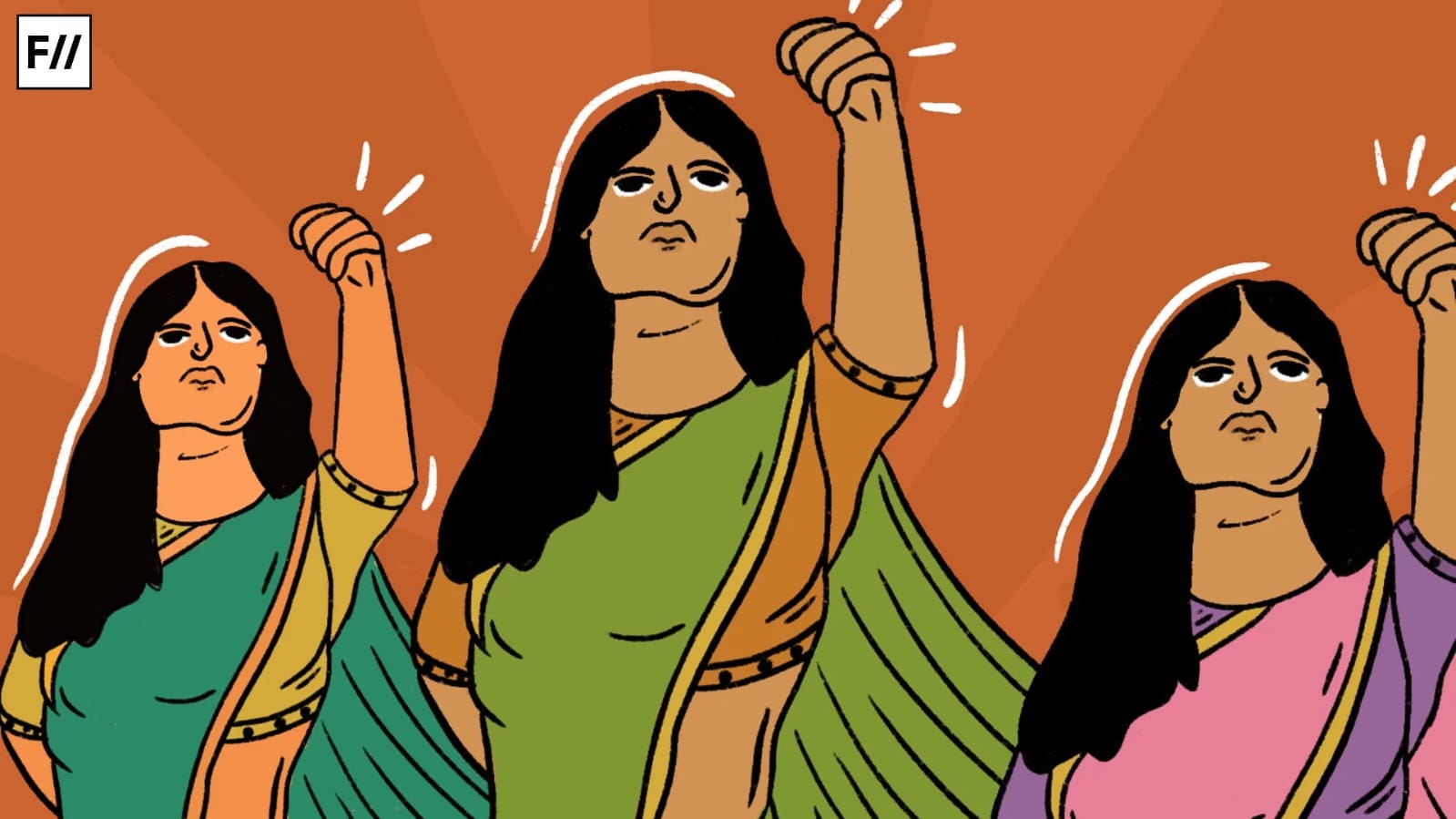
Apurva, a third year law student, called Section 120 of the Bharatiya Sakshya Adhiniyam 2023, which is the replacement of Section 114A post the criminal law reforms, a difficult provision because, ‘Presumption of lack of consent is tied to the broader idea of a woman’s character being considered as loose because of her prior relationships‘.
Sukanya talked about the gender power imbalance remaining a continued threat to women even as they demographically rival men on several parameters. The amendment also addressed power imbalances in custodial situations.
However, implementation was still miles away. For example, in the case of Mohd Habib vs State (1989), the accused was acquitted of having raped a minor, even though her hymen was ruptured and there were bite marks on ber body. The court ruled that in the absence of injurious marks on his genital parts, no attempt of resistance by the victim could be established. In another case of gang rape of Bhanwari Devi (1992), the court acquitted the accused, even though semen of five men was recovered in her vaginal swab, holding that the upper caste accused would, ‘not stoop so low to have sexual relations with a Dalit‘.
However, recommendations on criminalising marital rape and restriction on politicians facing charges of sexual misconduct from contesting elections were rejected, amongst others.
After the Nirbhaya gang rape and murder case, Justice JS Verma Committee’s report led to the introduction of more reforms in 2013 such as considering rape beyond penile penetration, harsher punishment including death penalty and recognition of more offences like acid attack. However, recommendations on criminalising marital rape and restriction on politicians facing charges of sexual misconduct from contesting elections were rejected, amongst others. The repercussions of this was visible when Prajwal Revanna, a member of Parliament, was convicted and sentenced to life for rape and High Courts across the country are delivering contradicting judgments in marital rape related cases.
Taking the example of the two-finger test to prove consent in cases of sexual assault, Apurva talked about how practical implementation, not legal provisions, is lacking in India. The test was conducted and included as valid evidence even after:
- a 2002 amendment deleted Section 155(4) which allowed defense lawyers to question a rape victim about her moral character,
- a 2013 judgment by the SC ruled that it violated the right to privacy,
- The Criminal Law (Amendment) Act, 2013 made it illegal, and
- 2014 Union Home Ministry guidelines for medical examination of sexual assault survivors prohibited it.
It was only after the State of Jharkhand vs Shailender Kumar judgment (2022) by the SC that the two-finger test was explicitly banned on the basis of being regressive, unscientific and traumatic for the survivor.
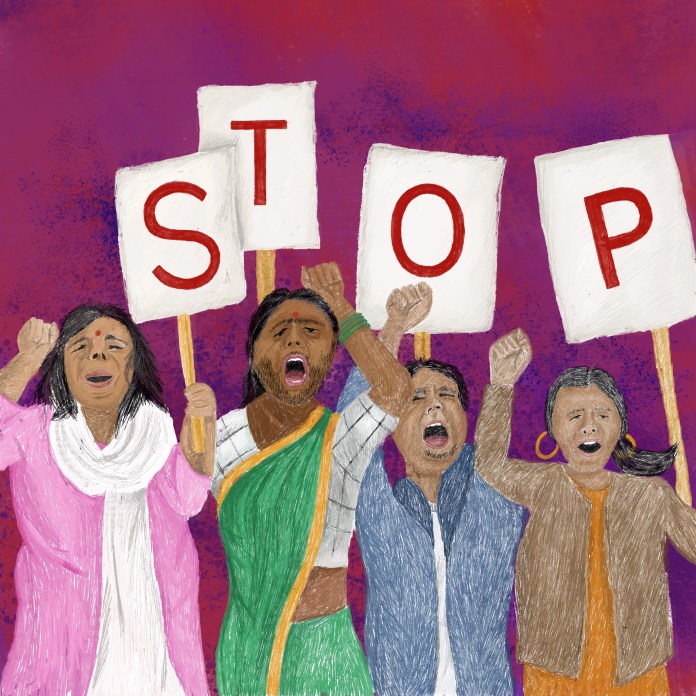
Justice Gavai concluded his speech appreciating the 1983 and 2013 reforms which led courts to overcome early struggles for recognition and equality and practice intersectional and participatory justice in the present-era.
But recent judgments assume “modern women” as being more liberated and exercising greater control to deny her due process. This is not only a false but incompatible claim as the meaning of relationships, boundaries and social interactions has dynamically changed. For Shreyasee, ‘There is more failure of interpretation and attitude than law‘. Experience reflects how socialisation and conditioning determine the extent of agency exercised by a woman in society more than progressive laws and advancing representation.
Experience reflects how socialisation and conditioning determine the extent of agency exercised by a woman in society more than progressive laws and advancing representation.
Dhanya, a final year law student, talked about the low case disposal rates: ‘Reforms could be structural in nature rather than knee jerk measures. Start by increasing the disposal rate and more privacy to the victim‘.
Concluding his speech, Justice Gavai accepted how judicial interpretations continue failing to capture lived realities of women but he repositioned his trust in the vigilant civil society. Thus, instead of altering judicial reasoning according to how “modernised” women are, the judiciary can challenge redundant assumptions, practice contextual reinterpretation of laws and take Justice’s blindfold off.
About the author(s)
Second year student of Media Studies at CHRIST (Deemed to be University), BRC, Bangalore. A trained Kathak dancer, theatre artist and political nerd.
